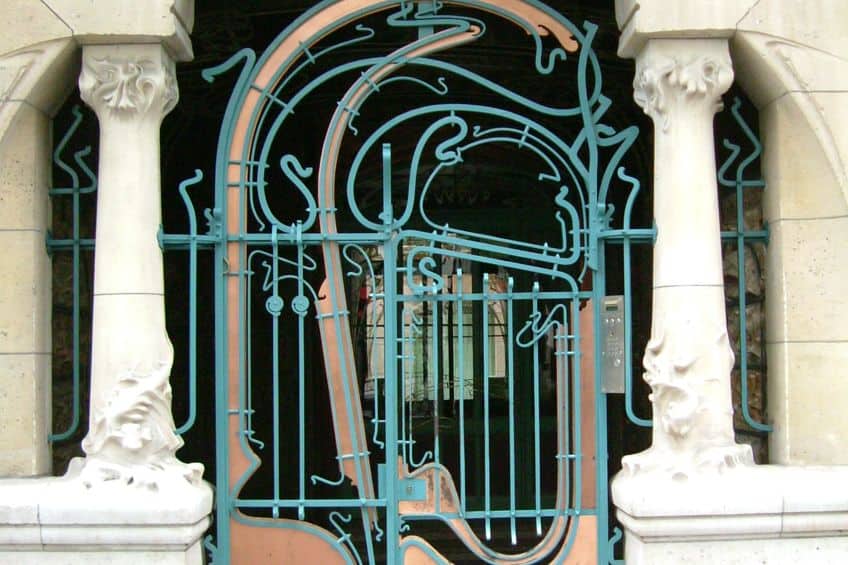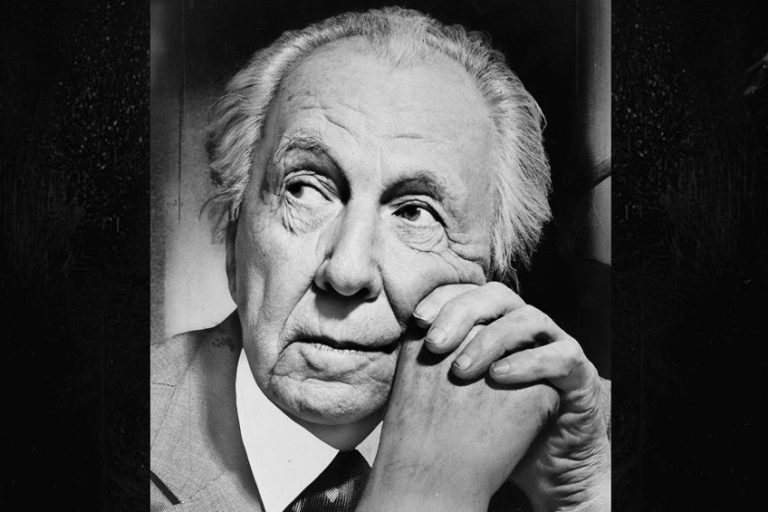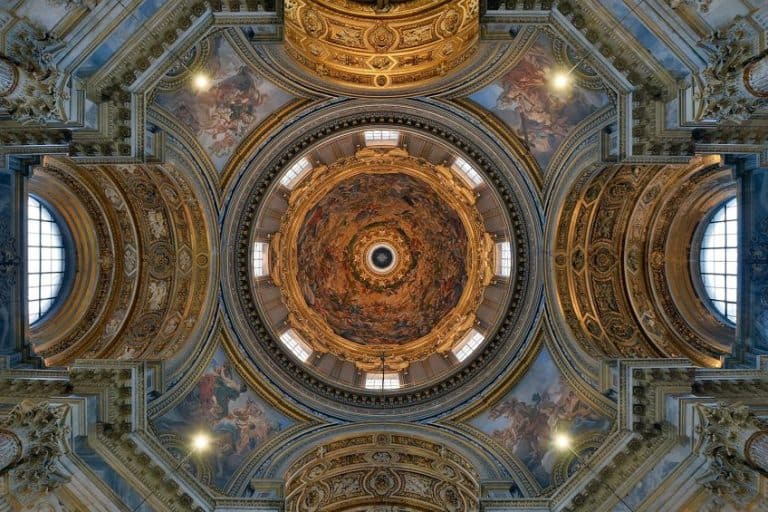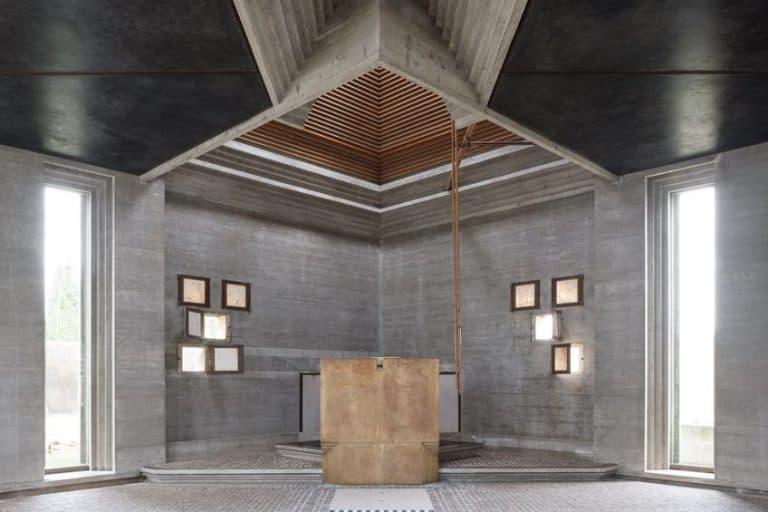Hector Guimard – A Master of Art Nouveau Architecture
Hector Guimard, a seminal figure in the Art Nouveau movement, revolutionized architecture with his innovative designs that seamlessly blended form and function. Born in France in 1867, Guimard’s work is characterized by its organic forms, intricate ironwork, and flowing lines, often inspired by natural elements. His most famous creations include the iconic entrances to the Paris Métro, which epitomize the Art Nouveau aesthetic with their sinuous, plant-like structures. Beyond public works, Guimard’s residential designs, such as the Castel Béranger, showcase his dedication to artistic unity and craftsmanship. Through his visionary approach, Guimard left an indelible mark on the architectural landscape of early 20th-century Paris.
Key Takeaways
- Hector Guimard was a key figure in the Art Nouveau movement.
- He is famous for designing the iconic Paris Metro entrances.
- His work influenced global architecture and decorative arts.
Biography and Career
| Birth | March 10, 1867 |
|---|---|
| Death | May 20, 1942 |
| Place of Birth | Lyon, France |
| Genre of Work | Art Nouveau architecture |
Hector Guimard was a pioneering French architect and designer who left an indelible mark on the Art Nouveau movement. Born on March 10, 1867, Guimard is best known for his iconic designs for the Paris Metro entrances. These creations, made up of intricate glass and ironwork, are celebrated for their organic forms and vibrant aesthetics, which exemplify the Art Nouveau style. His work not only defined the visual identity of Paris’s public transportation system but also influenced decorative arts and architecture globally.
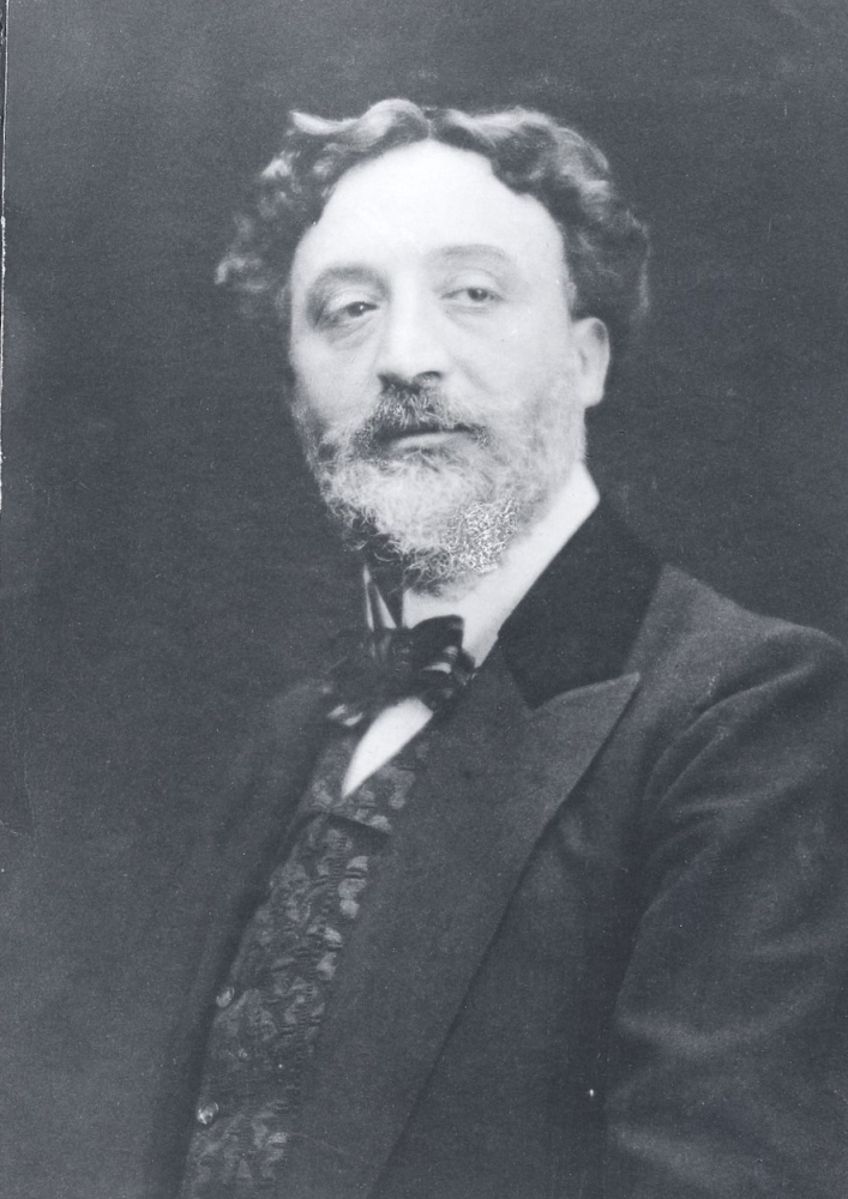
Beyond the metro entrances, Guimard’s architectural genius is showcased in buildings such as the Castel Béranger, the first Art Nouveau apartment complex in Paris. This structure captured public attention and established him as a leading figure in the movement. His innovative use of materials and emphasis on natural motifs set a new standard for urban architecture and residential design. Guimard’s influence extended far beyond France, as his work inspired a broader appreciation for the Art Nouveau style worldwide. His commitment to combining functionality with beauty reflected a forward-thinking approach that remains relevant even today.
Whether through his buildings, furniture, or decorative works, Guimard’s legacy continues to inspire architects and designers who seek to blend art with everyday life.
Early Life and Education
Hector Guimard was born on March 10, 1867, in Lyon, France. He showed an early interest in art and architecture, which led him to study at the École Nationale Supérieure des Arts Décoratifs and later at the École des Beaux-Arts in Paris. During his studies, he was influenced by Victor Horta, a prominent Art Nouveau architect. This influence shaped his early designs and career direction. By the early 1890s, Guimard began to make a name for himself in the Parisian architectural scene.
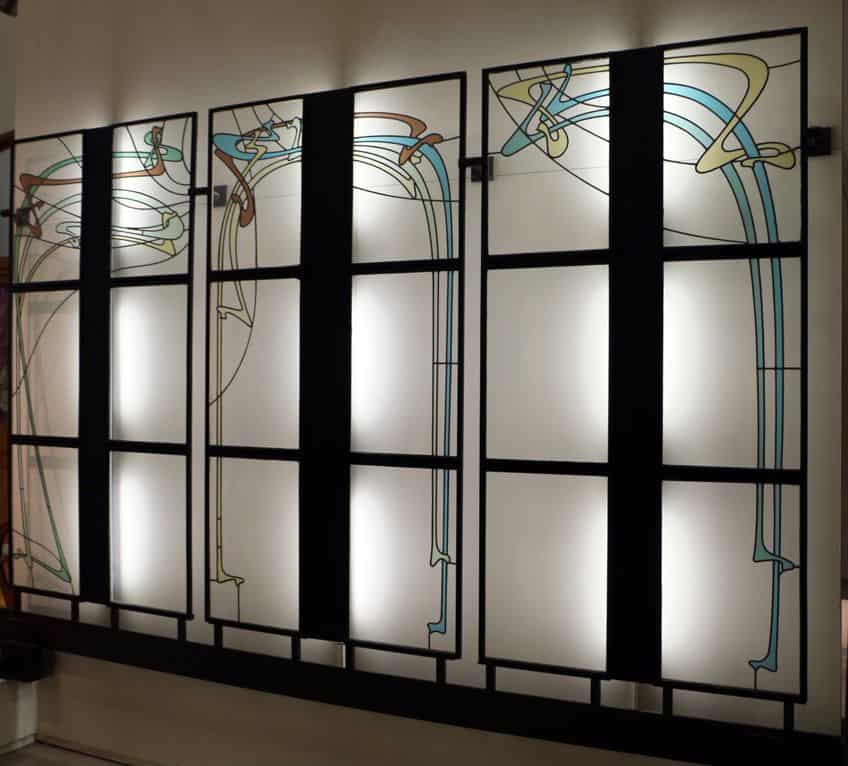
Later Career and Legacy
Guimard’s career flourished with several important projects that left a lasting mark on Paris. His work on the Castel Béranger in the late 1890s made him famous. This building won an award for its innovative facade, cementing his place in architectural history. During World War I, Guimard’s work slowed, and he eventually moved to the United States, settling in New York. There, he continued to design but never achieved the same level of fame. Despite this, his influence on modern architecture remains significant.
The Museum of Modern Art has recognized his work, showcasing it in various exhibitions.
Artistic Accomplishments
Guimard’s designs were distinctive for their flowing lines and organic forms. He was a master of fusing functional architecture with artistic decoration, a hallmark of Art Nouveau. His style, often referred to as Le Style Guimard, is characterized by intricate ironwork, curving forms, and the use of new materials like cast iron and glass. Guimard was also skilled in furniture design, creating pieces that complemented his architectural works.

Significant Projects
Several of Guimard’s projects stand out due to their innovation and beauty. The Castel Béranger is perhaps the most famous, marking the first major use of Art Nouveau in residential architecture. He also designed entrances for the Paris Métro, which became iconic symbols of the city. Other notable works include Castel Henriette and various apartment buildings across Paris. Guimard’s designs extended beyond buildings to encompass furniture and interior decor, adding to his legacy as a comprehensive designer.
His wife, Adeline Oppenheim Guimard, supported his career and often collaborated with him on artistic ventures.
Art Nouveau Movement
Art Nouveau, characterized by its use of organic and geometric forms, played a significant role in the architecture and decorative arts of the late 19th and early 20th centuries. It integrated new materials like iron and glass and pushed the aesthetic boundaries of design.

Characteristics and Influence
Art Nouveau is marked by its elegant, flowing lines and intricate details. This style often incorporated bizarre vegetal and biomorphic abstract forms, creating a unique visual language that contrasted with the more rigid structures of earlier periods. It was also deeply influenced by the British Arts and Crafts Movement, which emphasized craftsmanship and handmade quality. Architects like Victor Horta in Brussels integrated these ideas into their works, emphasizing fluidity and a connection to nature. This architectural approach spread across Belgium and Europe, inspiring a generation of designers and artists.
The use of cast iron and glass allowed for innovative structures, particularly in urban settings.
Guimard’s Contribution
Hector Guimard became one of the most prominent figures of Art Nouveau in France. He is well-known for his designs of the Paris Metro Entrances, which showcase his mastery of cast iron and his preference for elaborate, organic forms. These subway entrances remain iconic, capturing the essence of the movement through their looks and functionality. Guimard’s teaching at prestigious institutions like the School of Decorative Arts and the École des Beaux-Arts also helped disseminate the Art Nouveau style. He was greatly influenced by the British Arts and Crafts Movement and adapted these principles to create a distinctly French iteration of Art Nouveau, marked by its elegance and opulence.
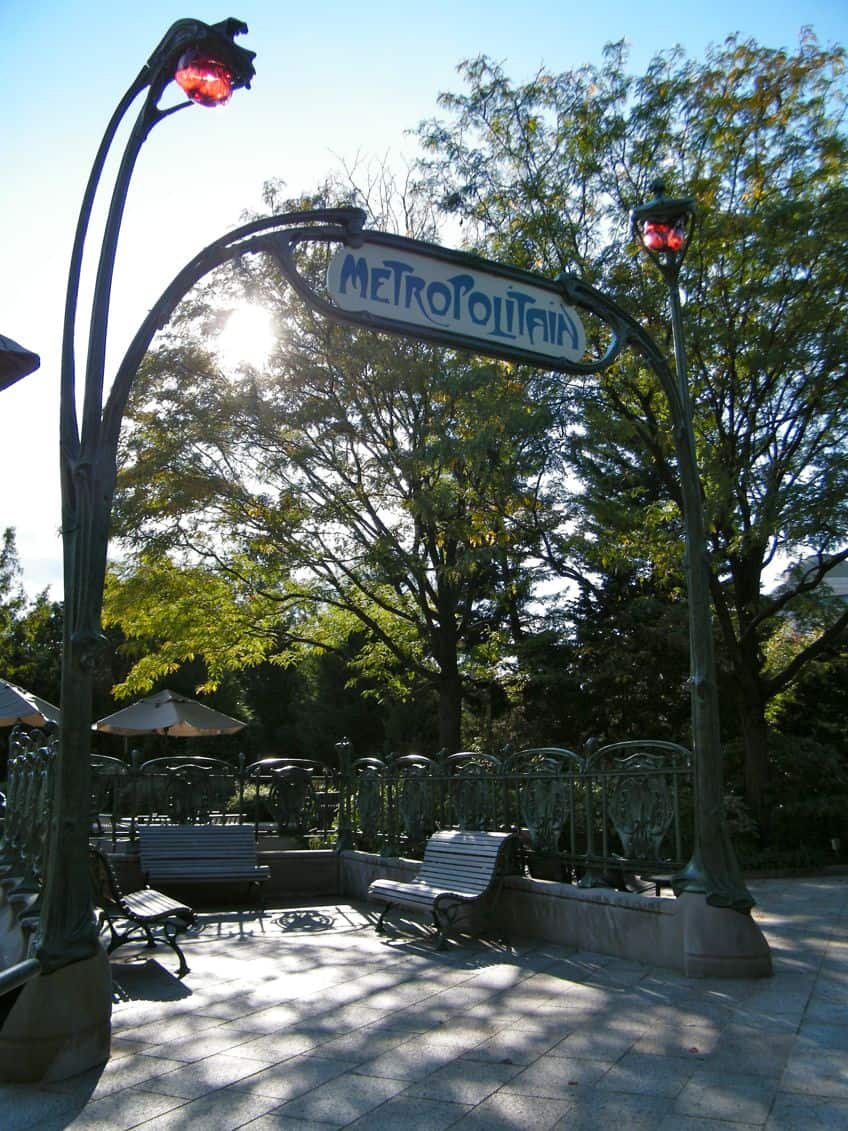
Notable Works
Among Guimard’s most famous projects is the Castel Béranger in Paris, which was one of the first Art Nouveau apartment buildings in the city. This project earned him early recognition and is praised for its decorative and structural innovation. Another significant work is the Hôtel Guimard, his own residence, which embodies his design philosophy. He also created a range of furnishings and interior decorations that further showcased Art Nouveau’s aesthetic. His approach to combining architecture with intricate decorative arts set a standard for subsequent works in the movement.
These pieces not only served a practical purpose but also elevated the spaces they inhabited into works of art.
Influence and Impact
Hector Guimard was a key figure in the Art Nouveau movement, and his work has left a lasting imprint on architecture and design. His contributions influenced cultural and social contexts, are preserved and recognized in various ways, and continue to shape modern design.

Cultural and Social Context
Hector Guimard’s designs emerged during the Belle Époque, a period of great cultural and social change in France. His commitment to integrating art with everyday life reflected the Socialist ideals of making beauty accessible to all. Guimard’s work in the Paris Metro stations showcased his vision—functional yet artistically rich designs. Guimard also adopted modern Architectural Technology and techniques, using mass production to create his unique aesthetic. His designs were a blend of nature-inspired forms and innovative materials. The Musée d’Orsay and Cooper Hewitt, Smithsonian Design Museum have highlighted his influence.
Figures like Philippe Thiébaut have emphasized Guimard’s contribution to merging art with utility.
Preservation and Recognition
Many of Guimard’s works have been preserved as historical landmarks. The Richard H. Driehaus Museum in Chicago and the Musée d’Orsay in Paris have exhibited his works, recognizing their importance and impact. The Art Nouveau style, seen in the famous entrances of the Paris Subway, has become iconic. These stations not only serve commuters but also act as cultural monuments. Efforts to preserve Guimard’s works ensure that new generations appreciate his influence. Georges Vigne has been instrumental in documenting and advocating for the preservation of Guimard’s architectural contributions.

Legacy of Hector Guimard Today
Today, Guimard’s legacy is evident in contemporary design and architecture. His innovative approach to materials and forms continues to inspire modern artists and architects. Institutions like the Smithsonian Design Museum and the Richard H. Driehaus Museum hold exhibitions that showcase his impact on modernism. His work serves as a bridge between historical design and modern architectural advancements. Despite the destruction of many sites during World War II, Guimard’s influence endures. The Paris Metro entrances remain a celebrated hallmark of his artistic vision.
Hector Guimard’s legacy endures as a testament to the transformative power of Art Nouveau in architecture. His ability to harmonize beauty with utility set a new standard for urban design, leaving a lasting impact on the aesthetics of modern cities. Though his style eventually gave way to the modernist movements of the 20th century, Guimard’s works remain celebrated for their innovation and artistry. His contributions continue to inspire architects and designers, underscoring the timeless appeal of his organic forms and meticulous craftsmanship. In celebrating Guimard, we honor not just an architect, but a visionary who reshaped the built environment with elegance and imagination.
Frequently Asked Questions
What Is Hector Guimard’s Significance in the Art Nouveau Movement?
Hector Guimard was a key architect in the Art Nouveau style. He is best known for his design of the Castel Beranger apartment building, which gained him early fame. His designs are characterized by their organic, sinuous lines and intricate ironwork, which brought a new aesthetic to Paris.
How Did Hector Guimard’s Work Transition from Art Nouveau to Modernism?
Guimard’s early works highlighted the flowing forms typical of Art Nouveau. Later in his career, he began to adopt a more functional approach, which aligned with Modernist principles. His designs started focusing more on simplicity and functionality while still retaining elements of the decorative style.
What Are the Most Notable Contributions of Hector Guimard to Parisian Architecture?
Guimard’s most notable contributions include the iconic Paris Métropolitain entrances. These entrances, with their cast iron railings and organic shapes, are synonymous with the image of Paris. His work on the École du Sacré-Cœur and various Parisian apartment buildings also cemented his legacy in the city.
Which Pieces of Furniture Are Considered Iconic Designs by Hector Guimard?
Some of Guimard’s iconic furniture pieces include the sinuous, wooden chairs and tables he designed for private clients. His work often featured naturalistic motifs and intricate craftsmanship. The furniture he designed for Maison Coilliot in Lille and several Parisian residences remains celebrated for its artistic value and intricate detail.
Isabella studied at the University of Cape Town in South Africa and graduated with a Bachelor of Arts majoring in English Literature & Language and Psychology. Throughout her undergraduate years, she took Art History as an additional subject and absolutely loved it. Building on from her art history knowledge that began in high school, art has always been a particular area of fascination for her. From learning about artworks previously unknown to her, or sharpening her existing understanding of specific works, the ability to continue learning within this interesting sphere excites her greatly.
Her focal points of interest in art history encompass profiling specific artists and art movements, as it is these areas where she is able to really dig deep into the rich narrative of the art world. Additionally, she particularly enjoys exploring the different artistic styles of the 20th century, as well as the important impact that female artists have had on the development of art history.
Learn more about Isabella Meyer and the Art in Context Team.
Cite this Article
Isabella, Meyer, “Hector Guimard – A Master of Art Nouveau Architecture.” Art in Context. July 11, 2024. URL: https://artincontext.org/hector-guimard/
Meyer, I. (2024, 11 July). Hector Guimard – A Master of Art Nouveau Architecture. Art in Context. https://artincontext.org/hector-guimard/
Meyer, Isabella. “Hector Guimard – A Master of Art Nouveau Architecture.” Art in Context, July 11, 2024. https://artincontext.org/hector-guimard/.


